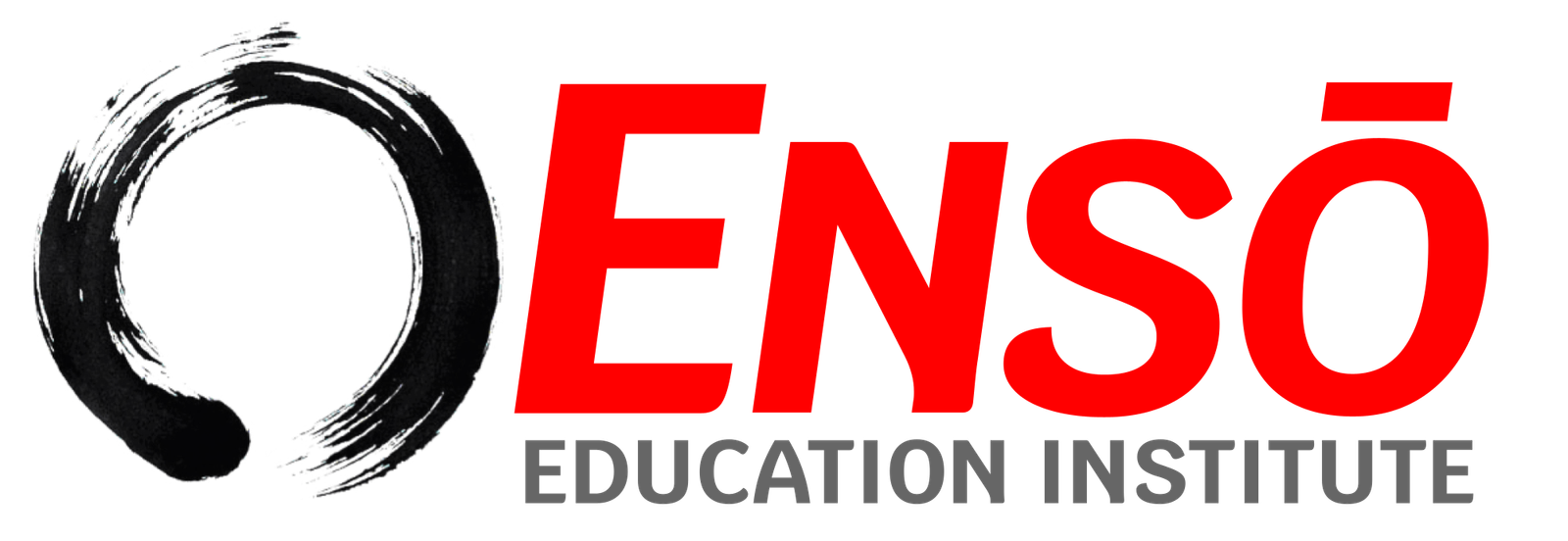On the eve of the Education = Storytelling Conference, I am thinking of Doug Dietz and his MRI machines. The often cited story of Doug Dietz and his MRI machines serves as a prime illustration of the symbiotic relationship between the logical and empathic approaches to problem solving. Dietz discovered that both approaches are necessary for ensuring that your solution addresses not only the problem but also the person affected by the problem. It also perfectly demonstrates how design thinking intersects with storytelling.
In the case of his MRI machines, Dietz first designed a solution for the problem of how to safely and efficiently diagnose diseases in the organs and soft tissue of patients. Magnetic resonance avoids the radiation danger of x-rays and can scan an entire body in a matter of minutes. Quantitatively, it has the potential to save millions of lives through the detection of illnesses. But what Dietz and his team failed to recognize was that the user being designed for was not the disease but rather the patient. By focusing on building an efficient machine, they neglected to use empathy to consider the experience of the user.
Dietz was horrified to learn of the stressful experience that many children were having with the machines and the high rate of sedation necessary. By going back to the empathy phase and by including children, along with parents, medical staff, and children’s museum designers, in the creation of appealing stories, Dietz was able to reimagine the MRI experience from something that children feared to an adventure they wanted to go on again.
Initially, Dietz bypassed the empathy phase and, in doing so, ignored the user. He skipped directly to defining the problem by assuming that users would tolerate the stressful experience of the machine for the benefits it could provide. He surely had numerous iterations of ideating, prototyping, and testing, but they likely focused on quantifiable measures such as speed, power, and output of the machines. By creating an efficient MRI machine, he succeeded in addressing the problem he set out to solve, but failed in providing the best experience for the user.
In his second attempt, Dietz began with the empathy he gained by observing children terrified by his machines. From there he used both qualitative data, such as interviews and observations, and quantitative data, such as the percentage of children requiring sedation, to define the problem. Importantly, he brought in a diverse group of internal and external stakeholders to ideate and co-create prototypes of adventurous stories for the MRI machines. Presumably, his team tested each of the new machines with measures such as patient satisfaction, the number of sedations, and time and money saved in order to determine which stories were most effective. And once the holistic design thinking process was complete, they could begin again with empathy and iterate even more effective stories.
There is a reason Dietz’ story is a popular one in explaining the benefits of design thinking. It illustrates that, while there is a logical, often technical, aspect to every problem to be solved, there is also a human and emotional aspect. The adventurous MRI machines perfectly demonstrate the importance of starting with empathy for your users. Only by listening to our users can we ever hope to find the right questions; and only by asking the right questions can we hope to find the right solutions.

This is a great example of the importance of empathy in human-centered design that can be applied not only to humans but to the planet in general. We need to develop our ability to observe stress in the planet as well as in human behavior. We need to maintain our own “Hippocratic Oath” to do no harm.
A Modern Version of the Hippocratic Oath
I swear to fulfill, to the best of my ability and judgment, this covenant:
I will respect the hard-won scientific gains of those in whose steps I walk, and gladly share such knowledge as is mine with those who are to follow.
I will apply, for the benefit of all, all measures which are required, avoiding those twin traps of overtreatment and therapeutic nihilism.
I will remember that there is art to life as well as science, and that warmth, sympathy, and understanding may outweigh the surgeon’s knife or the chemist’s drug.
I will not be ashamed to say “I know not,” nor will I fail to call in my colleagues when the skills of another are needed for a patient’s recovery.
I will respect the privacy of my fellow humans, for their problems are not disclosed to me that the world may know. Most especially must I tread with care in matters of life and death. If it is given me to save a life, all thanks. But it may also be within my power to take a life; this awesome responsibility must be faced with great humbleness and awareness of my own frailty. Above all, I must not play at God.
I will remember that I do not treat a fever chart, a cancerous growth, but a sick human being, whose illness may affect the person’s family and economic stability. My responsibility includes these related problems, if I am to care adequately for the sick.
I will prevent disease whenever I can, for prevention is preferable to cure.
I will remember that I remain a member of society, with special obligations to all my fellow human beings, those sound of mind and body as well as the infirm.
If I do not violate this oath, may I enjoy life and art, respected while I live and remembered with affection thereafter. May I always act so as to preserve the finest traditions of my calling and may I long experience the joy of healing those who seek my help.